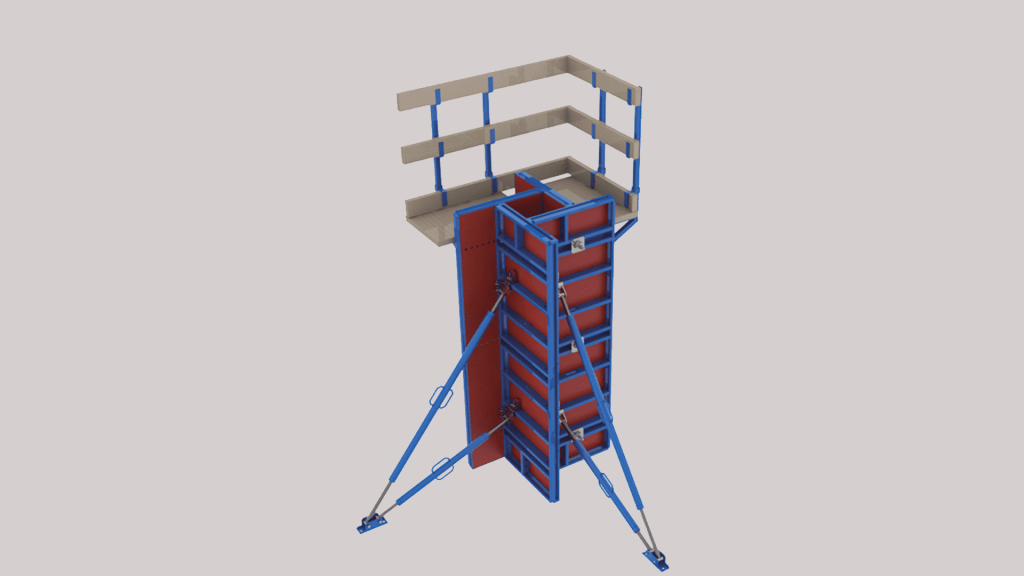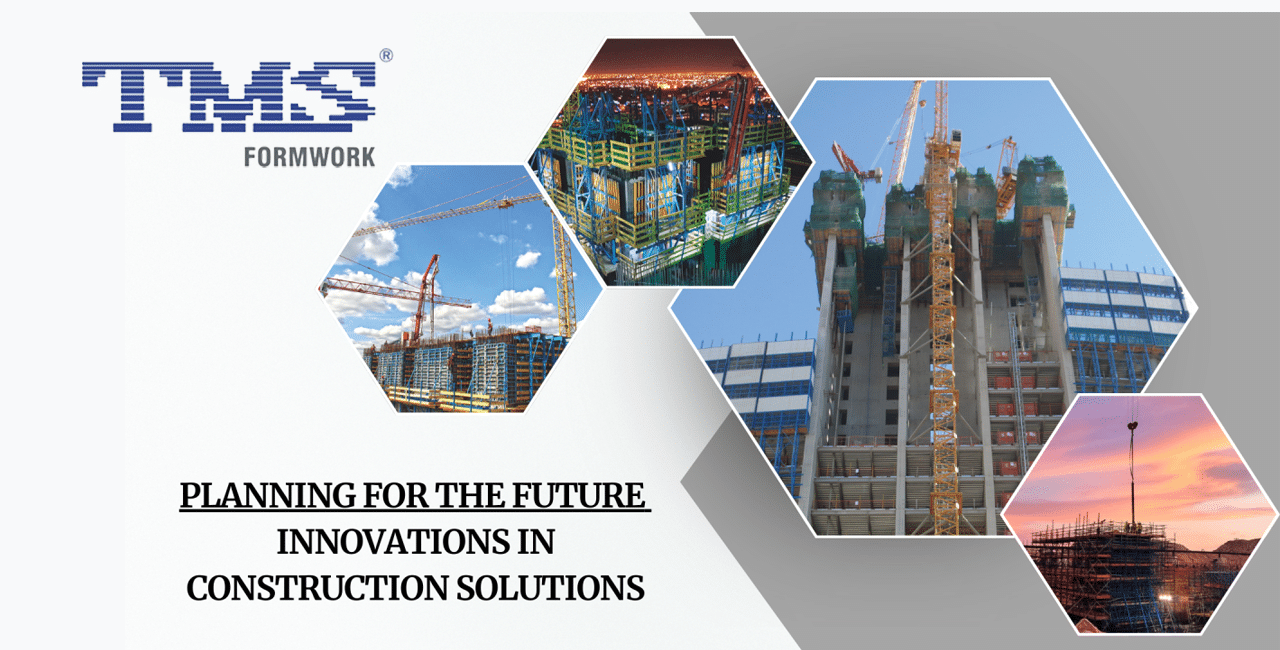The construction industry is undergoing a remarkable transformation, driven by technological advancements and a growing focus on sustainability. For Architects and Designers, staying ahead in this evolving landscape means embracing innovative solutions that enhance efficiency, creativity, and environmental responsibility. This blog post explores cutting-edge innovations in construction and how they are shaping the future of design and architecture.
The Role of Innovation in Modern Construction
Innovation is reshaping every aspect of construction, from initial design to project completion. The benefits include:
Enhanced Efficiency: Streamlining workflows to save time and reduce costs.
Creative Flexibility: Empowering architects with tools to bring complex designs to life.
Sustainability: Encouraging eco-friendly practices that align with global environmental goals.
Improved Collaboration: Facilitating seamless communication between architects, engineers, and construction team
Key Innovations Shaping the Future of Construction
Building Information Modeling (BIM)
BIM is revolutionizing the way architects and designers conceptualize and execute projects. This digital tool enables the creation of detailed 3D models, offering insights into every stage of the construction process.
Enhanced Visualization: BIM allows architects to present highly detailed designs, enabling clients to visualize the final structure accurately.
Improved Collaboration: By integrating data from various stakeholders, BIM ensures seamless coordination between teams.
Error Reduction: Early detection of potential design flaws minimizes costly rework during construction.
Smart Formwork Systems
Formwork is essential for concrete-based construction, and smart solutions, like those offered by TMS Formwork & Scaffolding Systems, are redefining the process:
Precision and Efficiency: Advanced formwork systems ensure accurate execution of intricate designs.
Reusability: Durable materials reduce waste and support sustainability goals.
Ease of Use: TMS Modular panel systems streamline assembly and disassembly, saving time and labor.
Sustainable Materials
The demand for eco-friendly construction materials is rising as architects prioritize sustainability. Innovative materials include:
Recycled Concrete: Incorporates industrial by-products, reducing waste.
Cross-Laminated Timber (CLT): A renewable alternative to traditional materials, offering strength and durability.
Self-Healing Concrete: Uses bacteria to repair cracks automatically, extending the material’s lifespan.
Smart Building Technologies
Incorporating smart technologies into building designs enhances functionality and energy efficiency. Key advancements include:
IoT-Enabled Systems: Smart lighting, HVAC, and energy management tools optimize resource usage.
Energy Monitoring Solutions: Tools like smart meters provide real-time insights into energy consumption, helping architects design efficient systems.
Automated Building Features: Innovations such as automated blinds and climate control improve occupant comfort.
Advanced Construction Robotics
Construction robotics are becoming a staple in modern projects, offering precision and speed for complex tasks:
Bricklaying Robots: Automate repetitive tasks, ensuring consistency and efficiency.
3D Printing: Enables the creation of custom components, offering architects greater design flexibility.
Site Monitoring Drones: Provide real-time data and visualizations, aiding in project management and design adjustments.
Benefits of Embracing Construction Innovations
Increased Efficiency and Accuracy
Technological tools like BIM and robotics streamline workflows, reducing the time and cost associated with complex projects. This allows architects to focus on creativity without compromising efficiency.
Sustainability Integration
Innovations such as sustainable materials and smart technologies help architects meet environmental goals while delivering cutting-edge designs. Using solutions like reusable formwork from TMS supports eco-friendly practices.
Enhanced Collaboration
Modern tools facilitate better communication between architects, contractors, and clients. By integrating platforms like BIM, all stakeholders can work towards a unified vision.
Competitive Advantage
Adopting these innovations gives architects a competitive edge, enabling them to offer state-of-the-art designs that attract forward-thinking clients.
Challenges and How to Overcome Them
While the benefits are clear, integrating these innovations comes with challenges:
Learning Curve: New technologies require time and training.
Initial Costs: The upfront investment in advanced systems may be high, but the long-term savings and efficiency gains justify the expense.
Integration Complexity: Seamlessly incorporating multiple innovations requires careful planning and collaboration with experienced suppliers, such as TMS Formwork Systems.
The Future of Architecture and Construction
The convergence of design and technology is shaping the future of architecture and construction. Architects who embrace innovations like BIM, sustainable materials, and smart building technologies are better equipped to meet client demands and environmental goals.
As TMS, With the strength and contribution of being the first to have an R&D center in Turkey, we have been involved in over 1,000 projects across 76 countries worldwide, always striving to bring “firsts” and “best practices” to life in the field of engineering services, with the vision of becoming a global brand in the industry.
By partnering with industry leaders like TMS.tc, architects can access the tools and expertise needed to navigate this exciting future.
About TMS Formwork & Scaffolding
TMS Formwork and Scaffolding, founded in 1973, has grown into a globally recognized brand, exporting 80-85% of its production today. The company has been involved in more than 1000 international projects, offering innovative solutions and exceptional after-sales support.
Over the years, the company has placed significant emphasis on R&D, establishing a Ministry-approved R&D center within its structure, and continuously expanding its product range with new systems.
TMS as a ‘Customer Oriented Company’ has always had a complete provider attitude, working hand in hand with you, as your project team-mates.
Our deliberate and relentless search for improvement has been combined with our expertise and knowledge accumulated over the years. We excel with our competent engineering solutions, which bring our customers the economy in initial investment and efficiency in their projects. We endeavor to understand our customers’ motivations and generate actual added value.
As TMS, our aim is to cope with all engineering challenges and ensure the best and most cost-effective solutions through developing safer, stronger, and quicker formwork and scaffolding systems for our esteemed customers. While aiming to do this, we prepare detailed offers including: Design Calculation, Planning & BOQ, Supervision at Site, Assembly & Shop Drawings, Full Submittal Files & Method of Forming.











